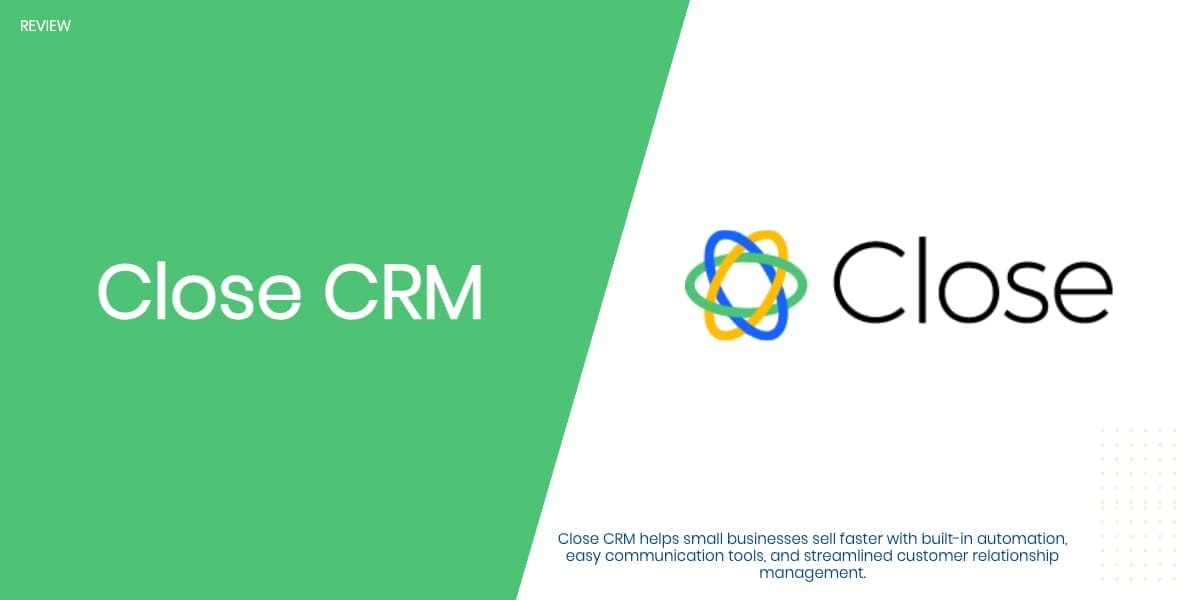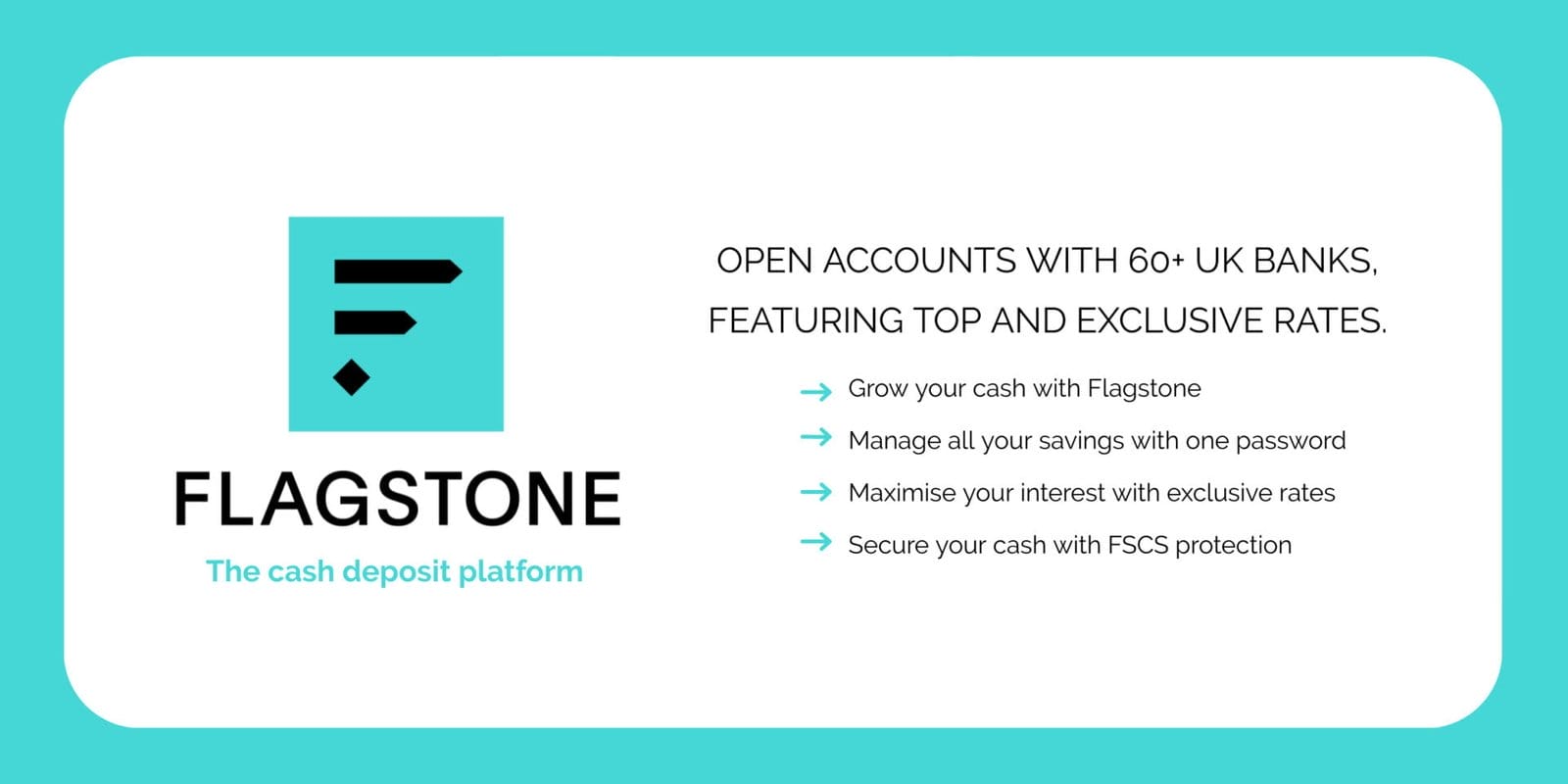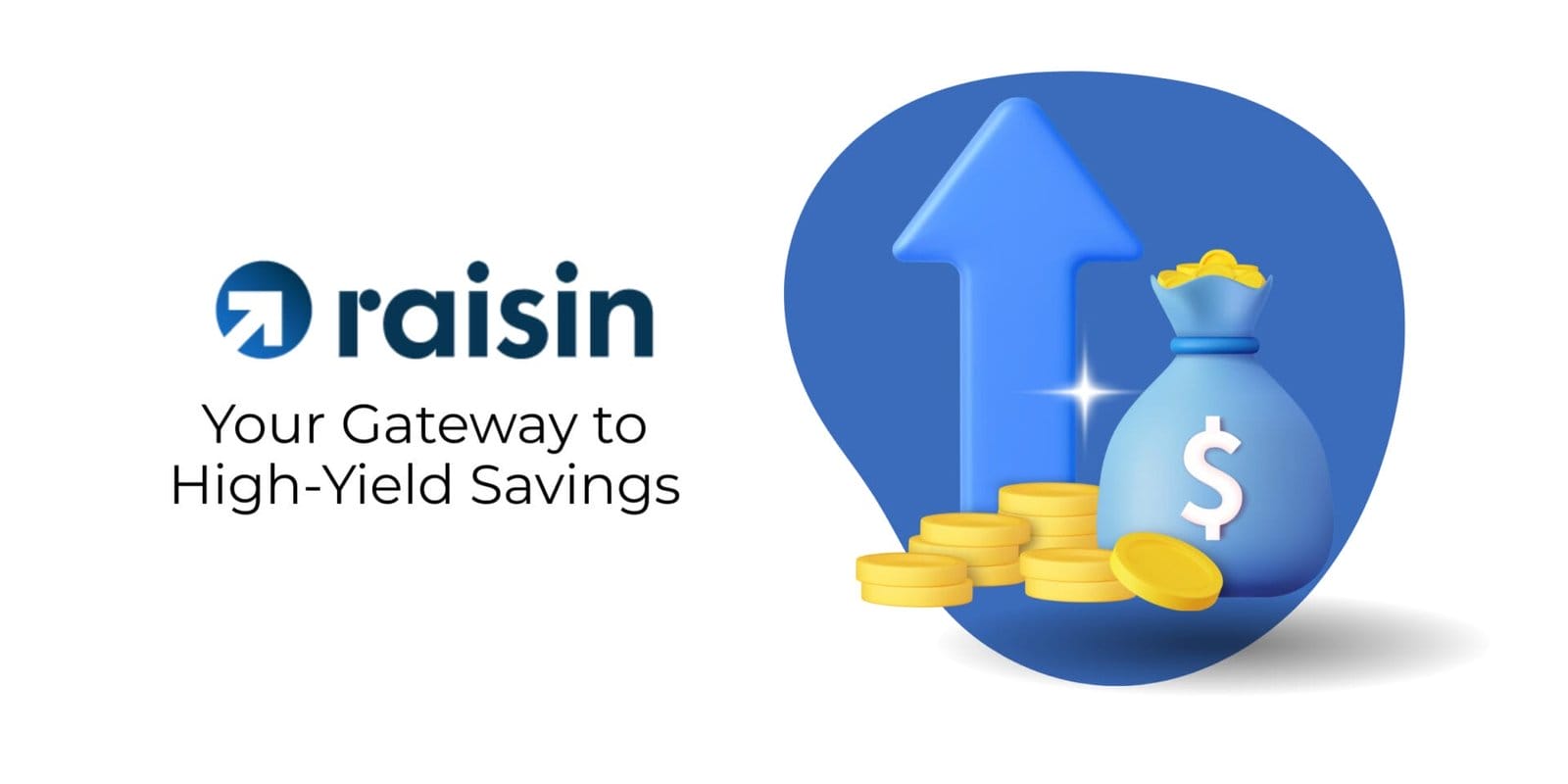Are You Paying Your Fair Share? The Self-Assessment Tax Return Breakdown

by Chris M.
January 9, 2024
by Chris M.
January 9, 2024

Imagine yourself sitting at your desk, surrounded by piles of paperwork and receipts, trying to navigate the complex world of self-assessment tax returns.
You may wonder if you’re paying your fair share and if you’re doing everything correctly. Well, don’t worry because we’re here to help.
In this article, we will guide you through the self-assessment tax return process. We’ll cover everything from the importance of meeting deadlines to the ins and outs of registration and filing.
So, if you want to make sure you’re on track and paying your fair share, keep reading.
It is essential to fulfill your tax obligations and pay your fair share. By understanding and navigating the complexities of the self-assessment tax return process, you can avoid penalties and stay organized for the next tax year. Remember to register for self-assessment and file your tax return on time, using the available resources and seeking assistance when needed.
By taking these steps, you can confidently meet your tax responsibilities and contribute to society responsibly.
If you’re doing an online tax return, you must submit it by midnight 31 January 2024. Do you need help?
Explore our recommended accounting software or choose from our list of recommended accountants to simplify your self-assessment submission.
Self-Assessment Deadline and Penalties
The deadline for submitting your self-assessment tax return is approaching, so it’s important to be aware of the potential penalties for late submission or payment. Being organized is crucial in the self-assessment process. By keeping track of your income, expenses, and relevant documents throughout the year, you can ensure a smoother and more accurate filing.
Late submission or payment can lead to fines, penalties, and interest charges on the outstanding tax amount. To avoid these consequences, stay organized, meet deadlines, and promptly pay the tax owed.
Who Needs to Complete a Self-Assessment
As you go through the process of self-assessment, it’s important to understand who’s required to complete a self-assessment tax return. Here are three key points to keep in mind:
- Self-employed individuals or those with additional sources of income are required to pay income tax through self-assessment. Unlike employees who’ve taxes automatically deducted, self-employed individuals need to pay their taxes through self-assessment.
- Other individuals may also need to file a self-assessment return if they earn money from other sources of income. It’s important to keep track of all your income sources to ensure that you meet the requirements for self-assessment.
- Another factor to consider is the implications on Child Benefit. If you or your partner earn above a certain threshold, you may be subject to the High Income Child Benefit Charge. Filing a self-assessment return will help determine if you need to pay this charge.
Registering for Self-Assessment
To register for self-assessment, you have two options: complete the online registration process or fill out a CWF1 form and mail it to HMRC.
The online registration process is a convenient and efficient way to register for self-assessment. It allows you to provide all the necessary information and submit it electronically. The process is straightforward, and you can access it through the HMRC website.
Alternatively, if you prefer a physical form, you can download the CWF1 form from the HMRC website, fill it out, and mail it to HMRC. This form collects information about your personal details, business activities, and income.
Whichever method you choose, ensure that you provide accurate and complete information to ensure a smooth registration process.
Filing the Self-Assessment Tax Return
When it’s time to file your self-assessment tax return, you have two options: online submission or postal submission.
Let’s take a look at each option:
- Online submission: This is the easiest and most efficient way to file your self-assessment tax return. Simply visit the HMRC website and use their online service to complete and submit your return electronically. This method ensures faster processing and provides immediate confirmation of receipt.
- Postal submission: If you prefer to submit your tax return by mail, you can obtain a paper copy of the SA100 form from the HMRC website. Fill out the form accurately and send it to the address provided. Keep in mind that postal submission may take longer to process, and you won’t receive immediate confirmation of receipt.
If you need any assistance or encounter any issues while filing your self-assessment tax return, HMRC is there to help. They offer dedicated helplines and online resources to guide you through the process successfully.
Paying the Self-Assessment Tax Bill
When it comes to meeting your tax obligations, the next important step after submitting your self-assessment tax return is ensuring timely and accurate payment of the self-assessment tax bill.
To calculate your self-assessment tax, you need to add up all your income, including earnings from self-employment, rental income, and any other sources of income. After that, deduct any allowable expenses and allowances. The resulting amount is your taxable income. The tax you owe is based on the current tax year’s rates and thresholds.
Once you have calculated your self-assessment tax, you can choose from various payment methods, such as online banking, direct debit, or mail.
It’s crucial to pay your tax bill by the payment deadline to avoid penalties and interest charges.
Frequently Asked Questions
How Can I Calculate My Tax Liability for Self-Assessment?
To calculate your tax liability for self-assessment, gather all your income and deductible expenses. Subtract the expenses from the income to determine your taxable income. Then, apply the appropriate tax rate to calculate your tax liability. It is important to know your audience and use clear, straightforward language when explaining this process. Avoid using overused phrases and clichés. Provide context to explain the significance of calculating tax liability. Use transitions thoughtfully to maintain a natural flow. Prefer active voice for clarity. Stick to facts and support claims with evidence, minimizing hyperbole. Include specific examples and product recommendations as necessary. Rewrite the information in your own words, avoiding copy-pasting. Ensure correct spelling and grammar. Check for plagiarism to ensure unique content. Use a conversational style that mimics human writing. Bold necessary words for emphasis. Employ a persuasive and relaxed writing style. Avoid using words disliked by Google for better indexing. Write comprehensive paragraphs with rich details and utilize subheadings with keyword-rich titles for clarity. Include a custom quote in the article. According to our experience and research, following these guidelines will help you calculate your tax liability accurately for self-assessment.
Can I Claim Expenses for My Self-Employed Business on My Self-Assessment Tax Return?
According to our experience and research, you are able to include expenses for your self-employed business on your self-assessment tax return. These tax deductible items can help reduce your overall tax liability and maximize your tax savings.
What Happens if I Make a Mistake on My Self-Assessment Tax Return?
If you make errors on your self-assessment tax return, you may face penalties. Common mistakes include reporting incorrect income and forgetting to include expenses. It is important to be careful and thorough to avoid unnecessary consequences.
Do I Need to Keep Records of My Income and Expenses for Self-Assessment?
According to our experience and research, it is crucial to keep records of your income and expenses for self-assessment. This is important for accuracy and to meet the self-assessment tax deadline. Additionally, maintaining these records helps you understand your finances better and identify any potential deductions.
Can I Pay My Self-Assessment Tax Bill in Installments?
According to our experience and research, it is possible to pay your self-assessment tax bill in installments, offering you the flexibility to manage your payments. This option allows you to spread the cost over several months, making it easier to handle your finances.
💰 Top Financial Offers 💰
📃 MoneyZoe’s Latest Reviews 💰Start saving money with the best financial services

Card One Money Review 2025: No Credit Check Business Account with Same-Day Setup

MRPeasy Review: Manufacturing Software for Small Businesses

Close CRM Review: Guide to Features, Pricing, and Performance

Flagstone Review 2025: Access 60+ Banks with Rates Up to 4.20% AER

Flagstone Review: Business Savings with High Interest Rates





